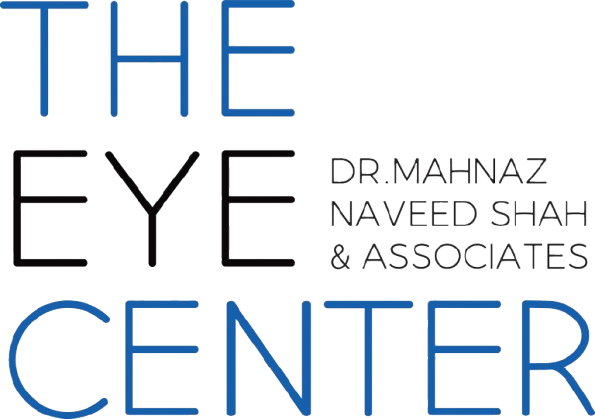HOW CAN I BETTTER UNDERSTAND THE TERMS MY DOCTORS USE IN TREATING MY GLAUCOMA
Many of our patients ask us that they wish to better the words that they often hear in clinic when doctors, technical staff or other patients talk to them about glaucoma. To help our patients understand their own disease better and to better participate in their own care we have put together this document to help our patients make better sense of the clinical discussions or recommendations they often hear.
INTRAOCULAR PRESSURE
There is a fluid that is present inside the eye that is not only constantly produced but also exits the eye at a predetermined rate. This fluid which is entirely different from blood is known as aqueous and is important for many different functions of the eye. In glaucoma there is an imbalance in the rate at which fluid is produced and the rate at which it exits the eye. This leads to elevation or build-up of what is called eye pressure or intraocular pressure.
VISUAL FIELDS
Visual fields are a diagnostic test used to determine how well we can see in the different areas in our vision compared to individuals of our own age groups who are known not to have any evidence of eye disease. The patterns seen in visual fields both in the first test that is done as well as subsequent tests helps your doctor determine the severity of glaucoma for you as well as how well the treatment provided to you is controlling the disease.
CUP
The optic nerve cup is the central part of the optic nerve head that does not actually contain any nerve fibers. In a sense you can think of this as an excavated area of the optic nerve. The cup continues to get larger as the glaucoma worsens.
OPTIC DISK/DISC
The optic disk is the visible portion of the optic nerve as it leaves the back of the eye and contains the nerve fiber layer headed back towards the brain.
RETINA
The retina is the light sensitive area of the eye that has the capacity to convert light entering the eye and transmit this light in the form of electrical signals to the brain using the optic nerve as a cable through which this transfer takes place. The retina is the back part of the eye where light sensitive cells called photoreceptors pick up the presence of light and then will transmit this information to the brain using electrical signals. These electrical signals are converted and interpreted as an image.
FOVEA
The fovea the fovea is the most central portion of the retina and is the area responsible for giving us our absolute sharpest vision. We use the fovea when we are doing activities such as reading or focusing on a particular point in our visual field.
MACULA
The macula is a part of the retina where most of the nerve fibers cells are located. This area can become thin in certain conditions such as glaucoma and for this reason it is truly important to evaluate the macula thickness as well as the proportion of healthy to unhealthy nerve cells that are present in the macula area when an individual is affected by a disease like glaucoma.
THE OPTIC NERVE
The optic nerve is a bundle of nerve fibers that connect the retina to the brain. In and of itself the optic nerve can be thought of as a cable between the eye and the brain.
SCOTOMA
A scotoma is an area of decreased or poor vision. Scotomas can be physiologic such as in the case of your blind spot where we are not expected to see in our visual field or can occur due to damage is as in the case of glaucoma or other diseases that affect the eye.
BLIND SPOT
The blind spot is a normal point of the visual field where we really cannot see and were not meant to see. The blind spot appears as a black spot that we see in our visual fields. The blind spot in the right and left eye are located in different positions and corresponds to the location of the optic nerve. The blind spot is present because there are no nerve cells that detect light that are present at the level of the optic nerve.
OCT OR OPTICAL COHERENCE TOMOGRAPHY
OCT is a test called optical coherence tomography that allows us to look in great detail well beyond the resolution of the human eye. This technology allows to look at the thickness of the nerve fiber layer within the optic nerve head and the area surrounding it as well as looking at the proportion and density of for cells that can be particularly affected by glaucoma in regions such as the macula. It it is an advanced form of imaging that is now accepted as standard of care in the care of glaucoma.
At the Eye Center- Dr. Mahnaz Naveed Shah & Associates, located in Karachi, our nine exceptionally skilled and experienced eye specialists can optimally attend to all your eye care needs from the simplest to the most complex problems. Dr. Mahnaz Naveed Shah is our United States fellowship trained and US Board Certified glaucoma and anterior segment disease specialist who has over 20 years of experience detailing all types of medical and surgical glaucoma problems. Our Eye Specialists and Eye Surgeons are considered to be amongst the best in Karachi and pride ourselves on the excellent and up to date care we can team together and provide our patients in a state-of-the-art purpose built environment.
Please call us at 03041119544 or visit our google business page or our website at www.surgicaleyecenter.org to make an appointment.
